University Project: Conceptual Design Report on Structural Analysis
VerifiedAdded on 2022/08/12
|22
|1737
|11
Report
AI Summary
This report presents a conceptual design report on structural analysis, focusing on the assessment of forces on structures. It covers the importance of structural analysis in architectural design, detailing the process of determining loads, design codes, and the application of structural technology. The report presents two viable designs, comparing their structural layouts, column and beam sizes, and foundation schemes. It includes loading calculations for car parking, retail, and residential areas, along with 3D models and descriptions of foundation schemes. The report also discusses the merits and disadvantages of each design, emphasizing the preferred solution based on environmental and building codes. Furthermore, it describes concrete and reinforcing materials, robustness, and safe construction procedures. Functional framing of the structure, load transfer mechanisms, serviceability, and stability are also discussed, providing a comprehensive overview of the structural analysis and design process.
1 out of 22
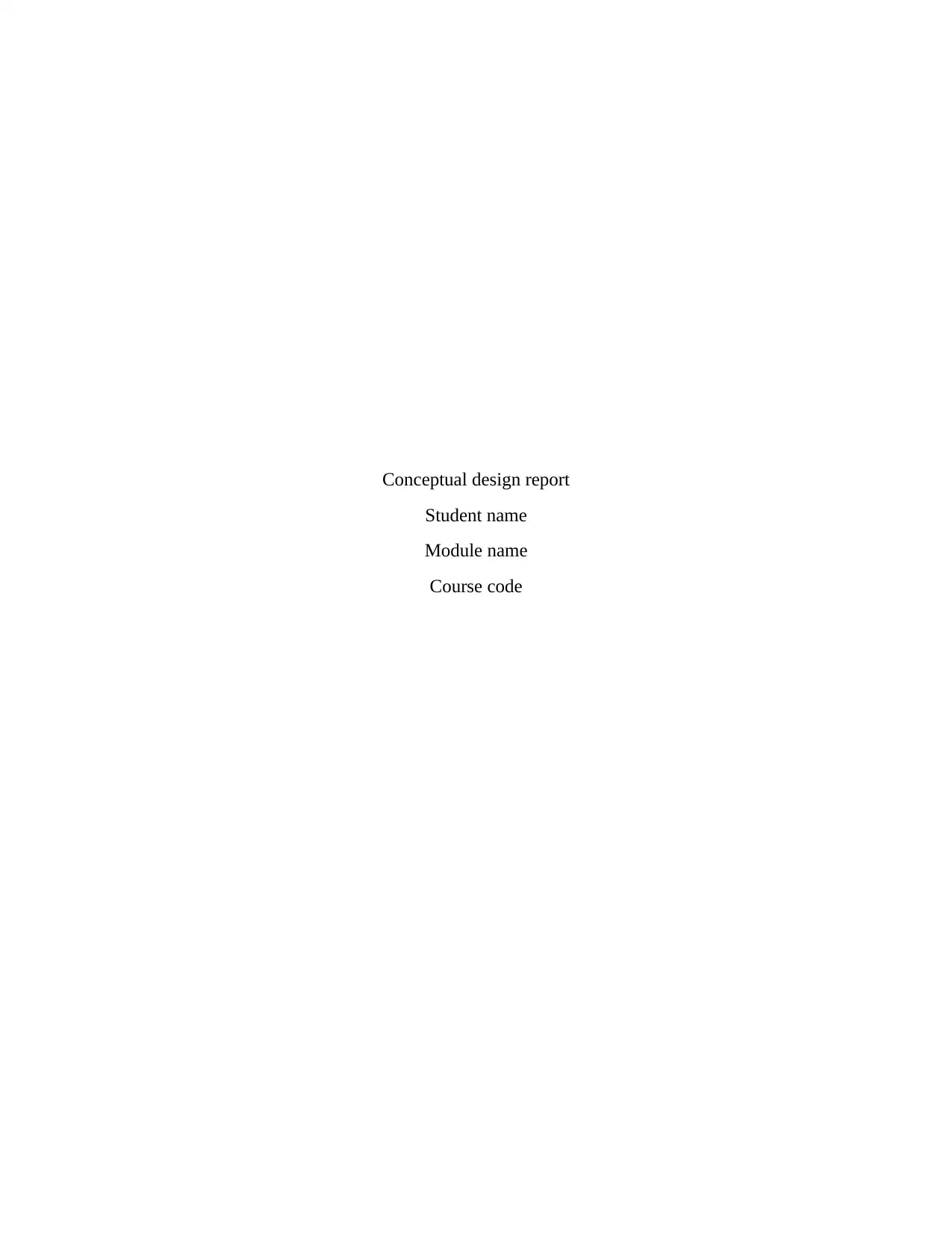
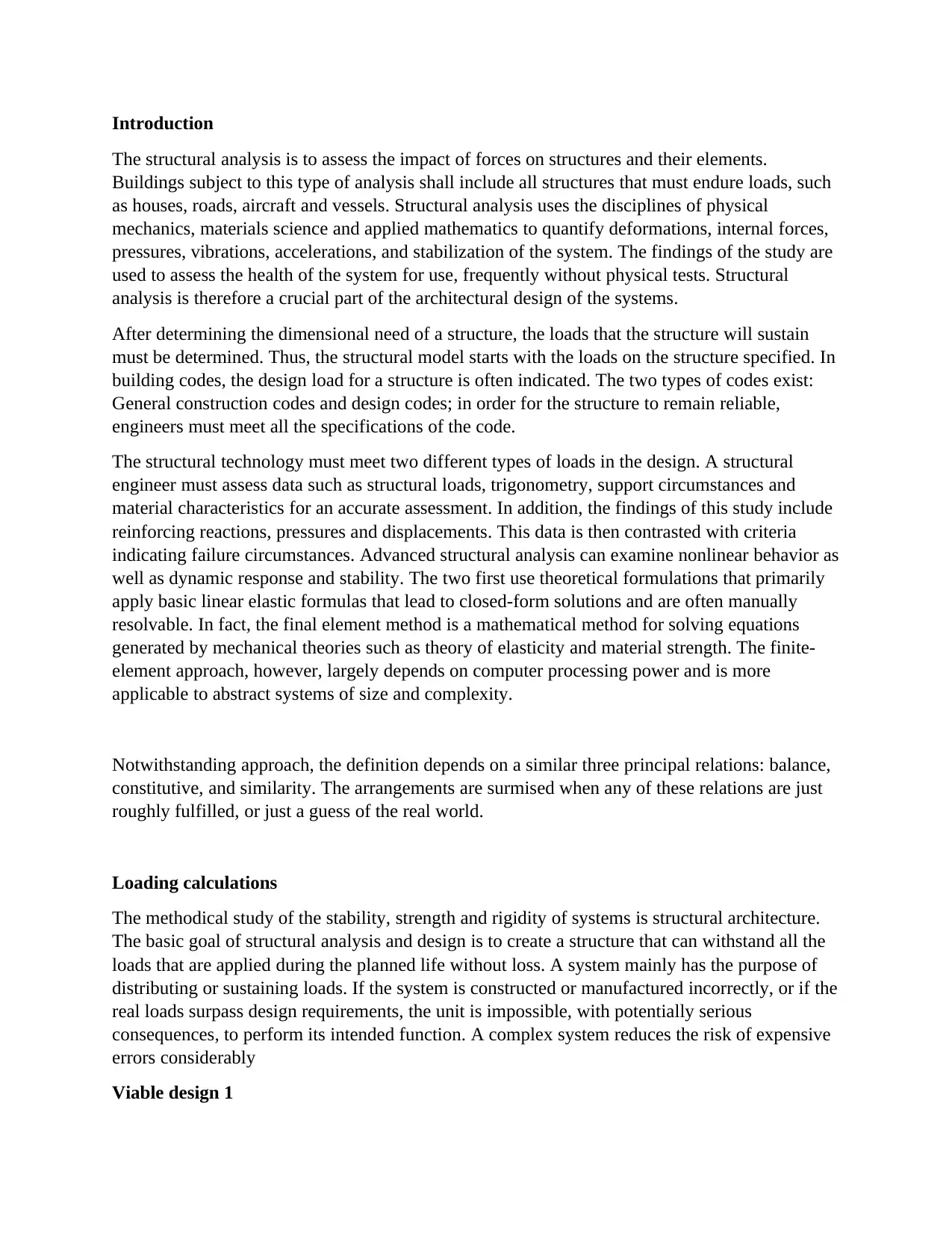
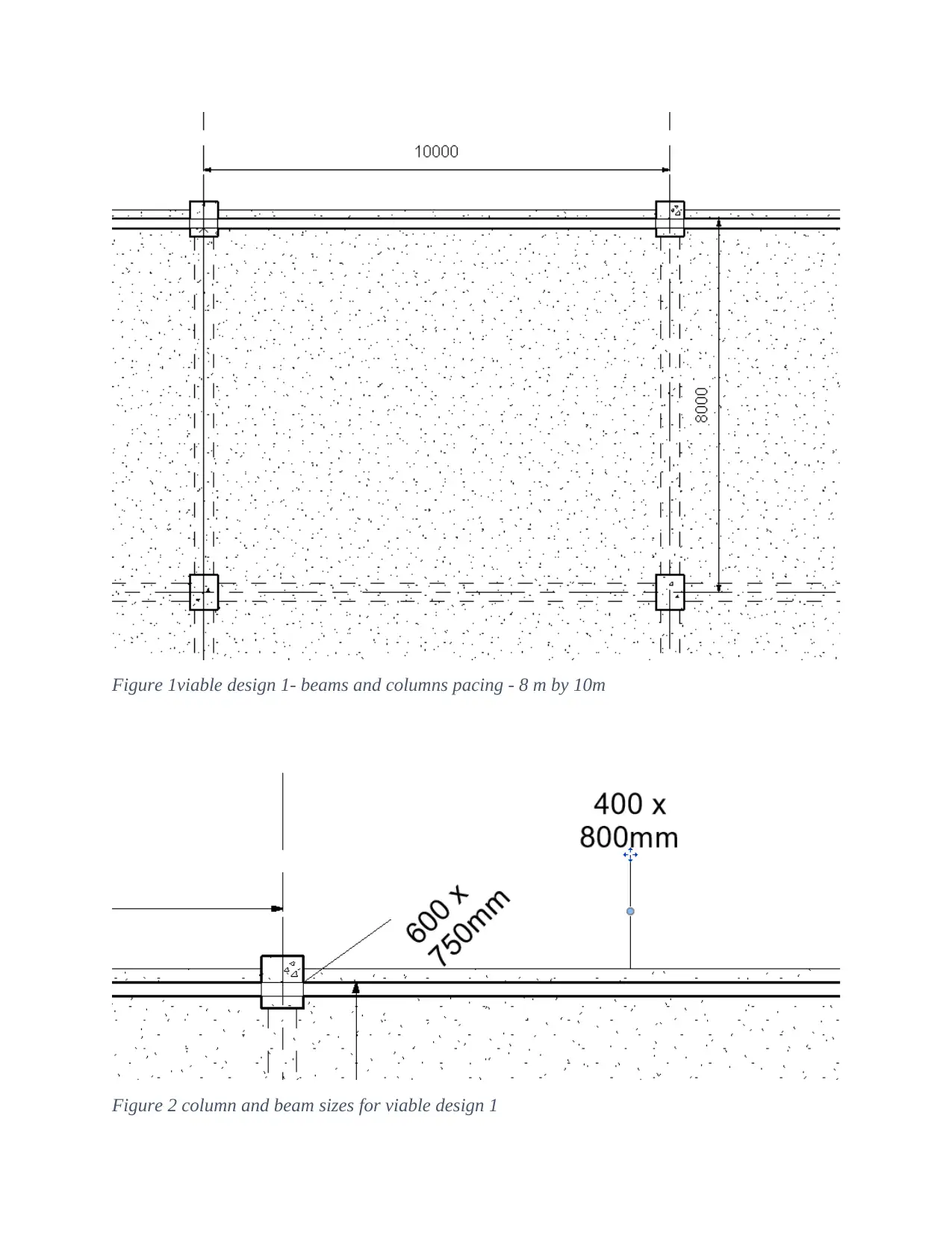

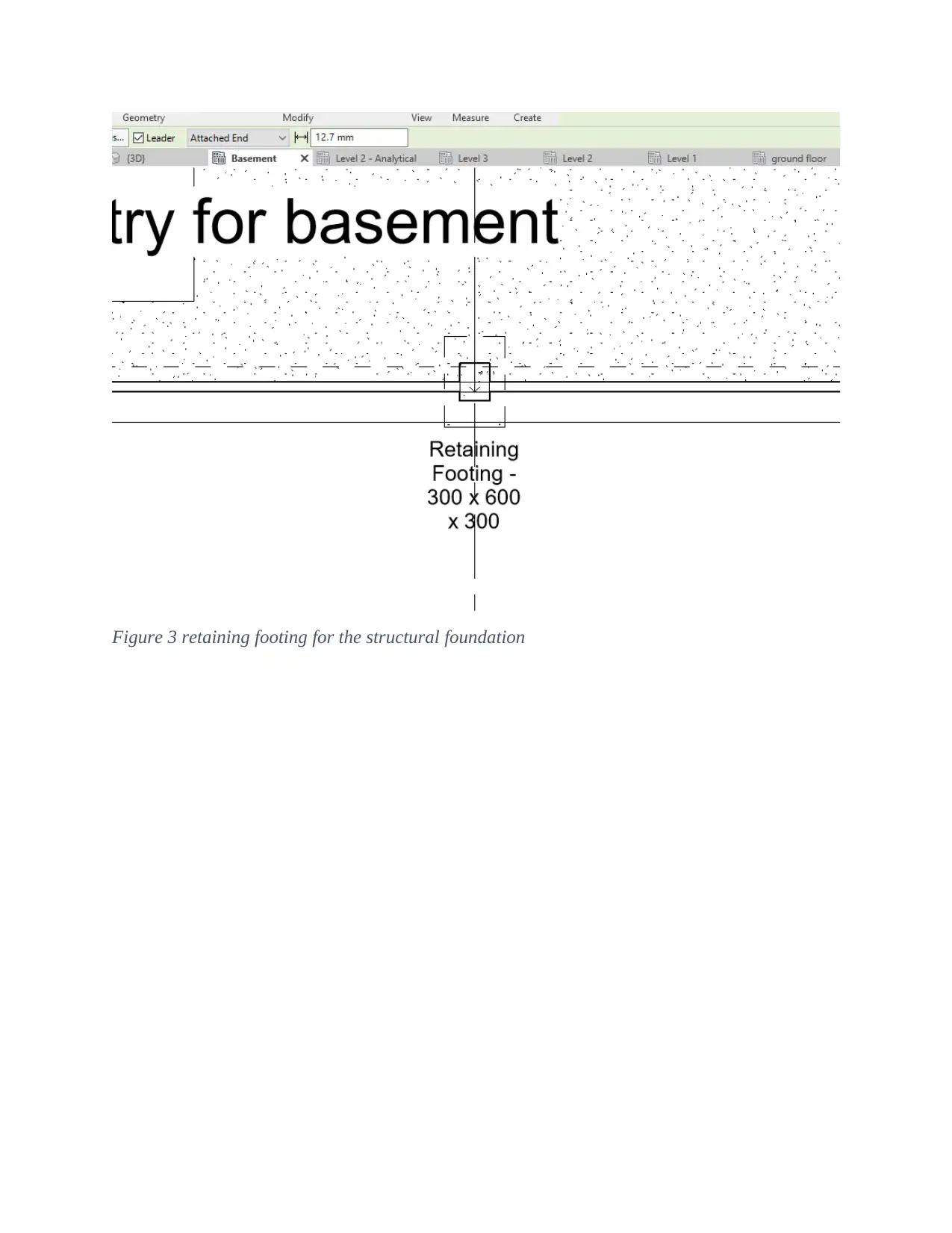
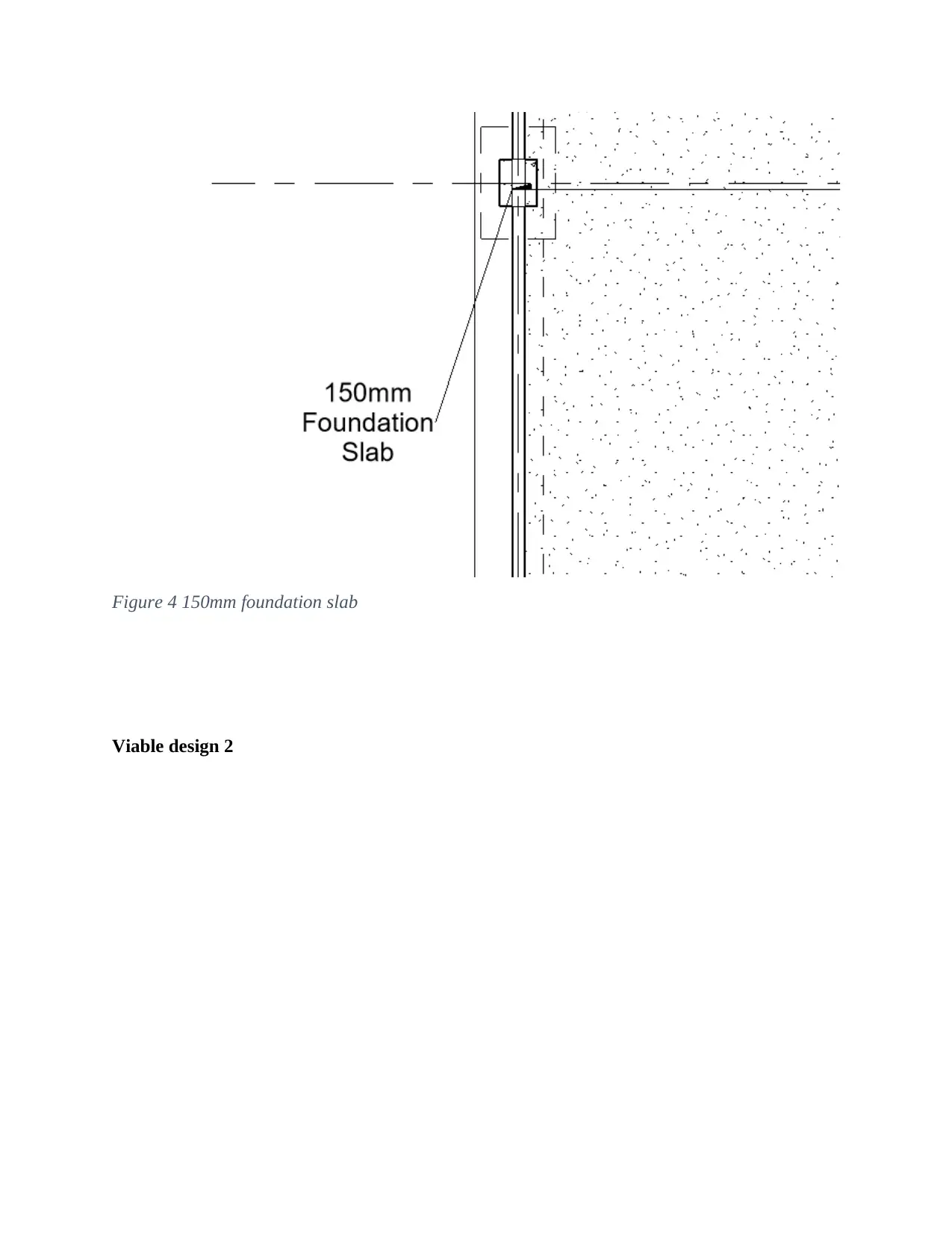
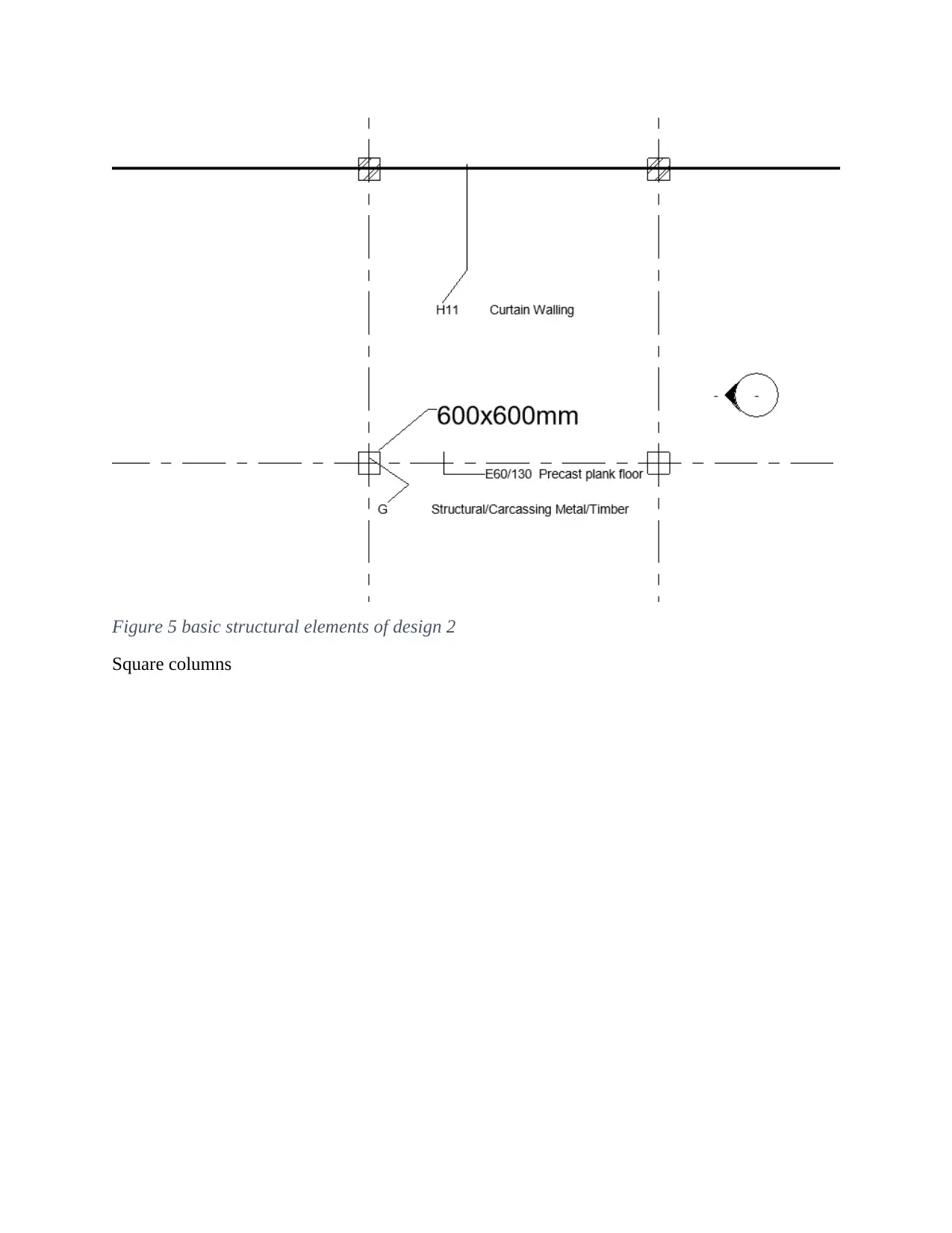
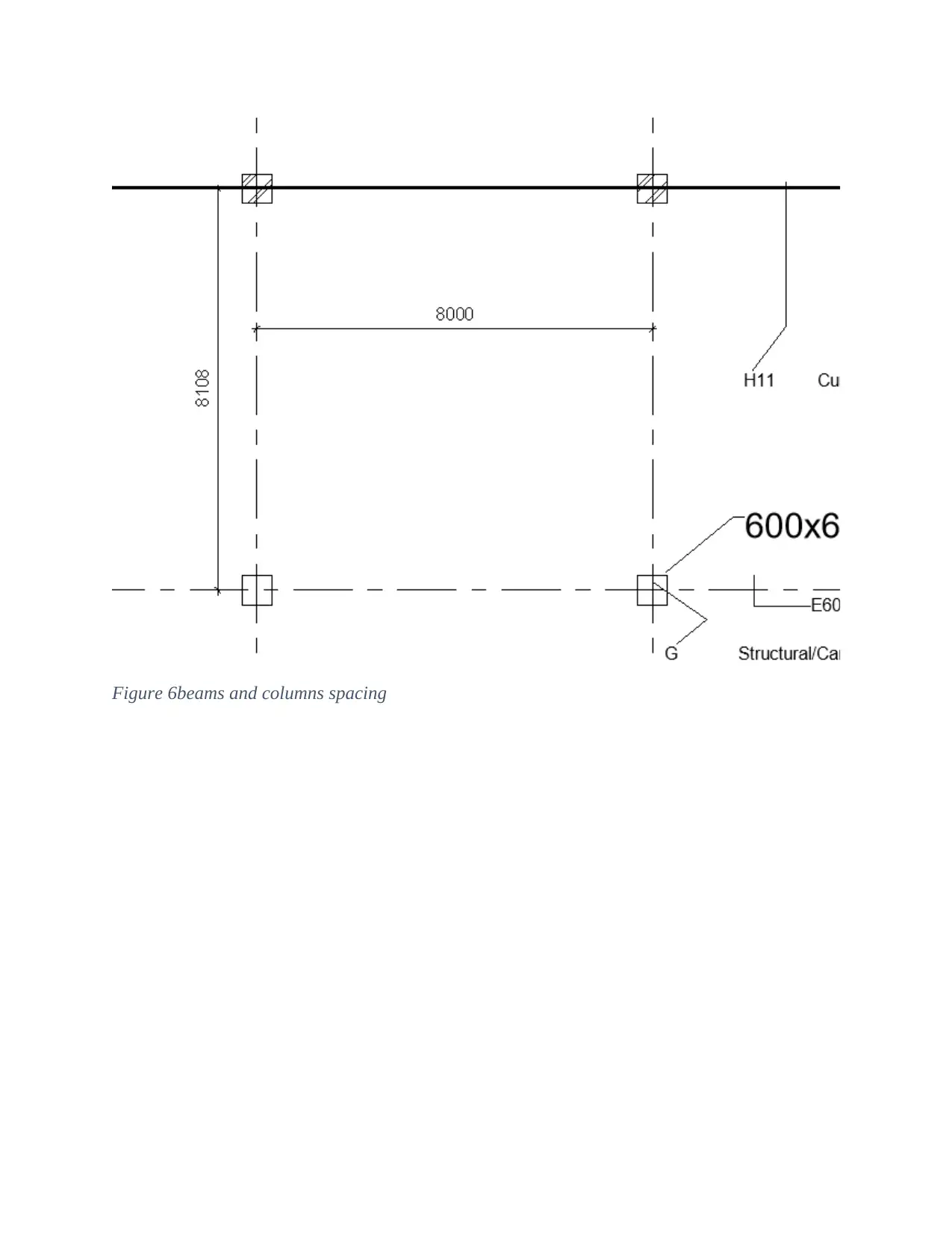
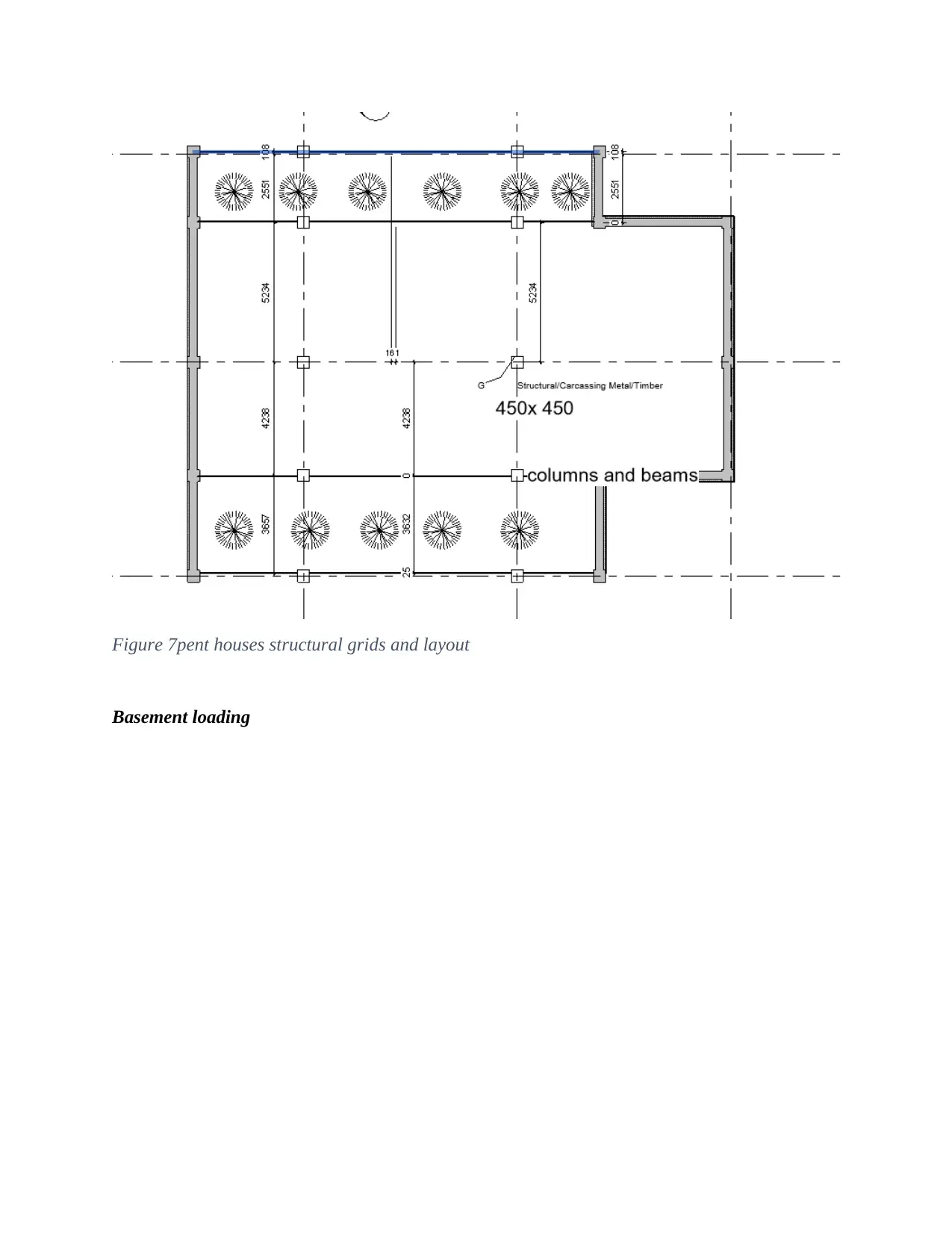
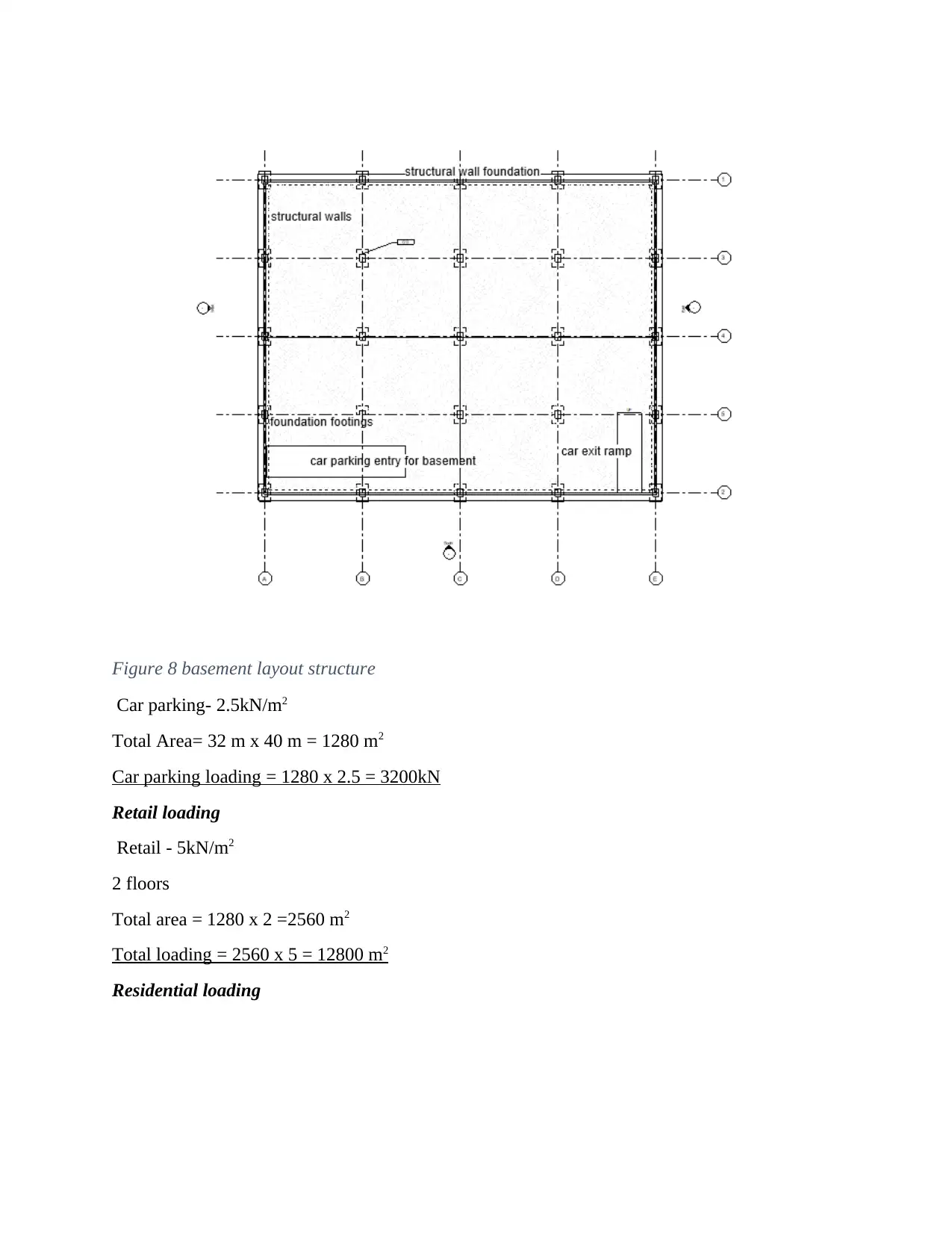
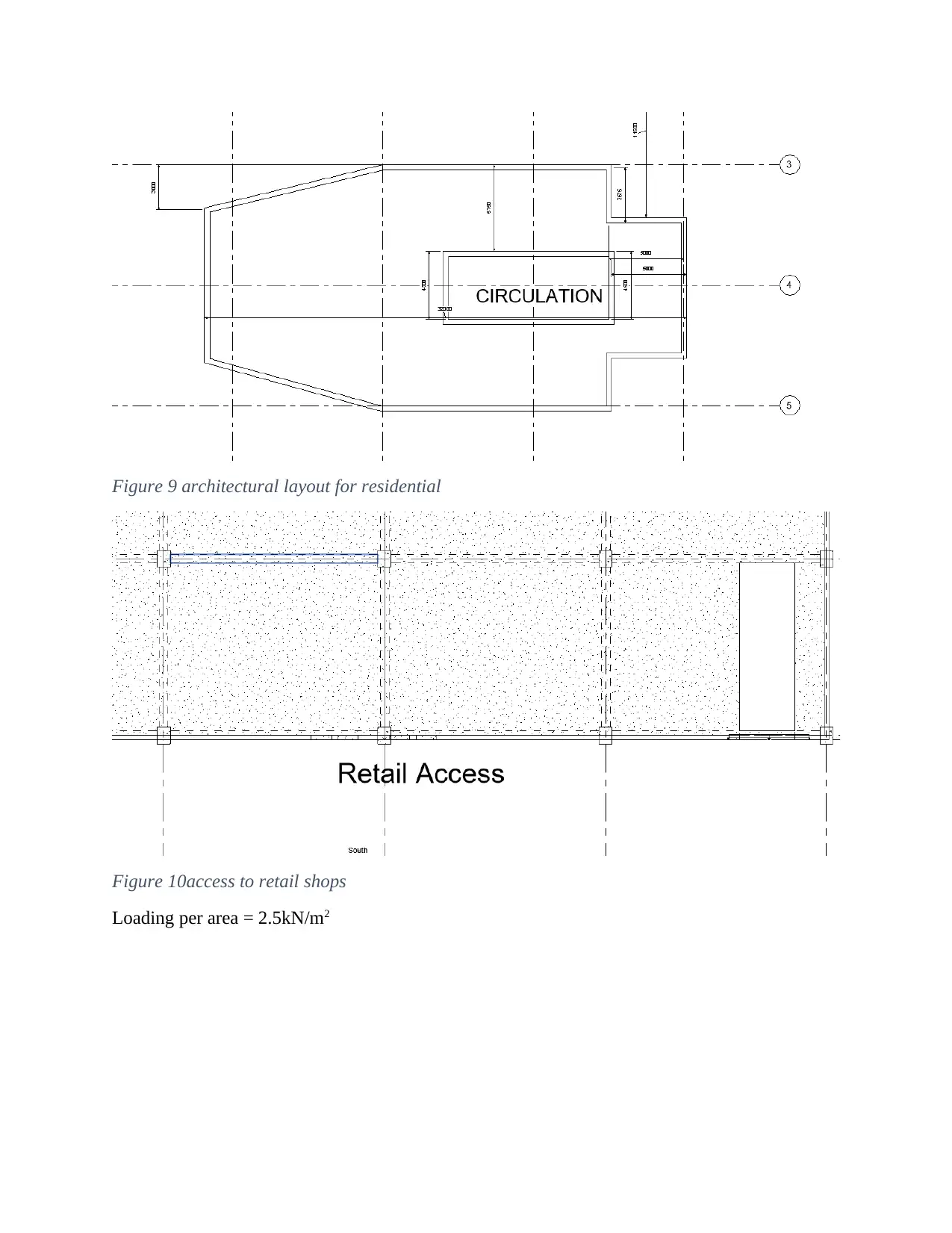
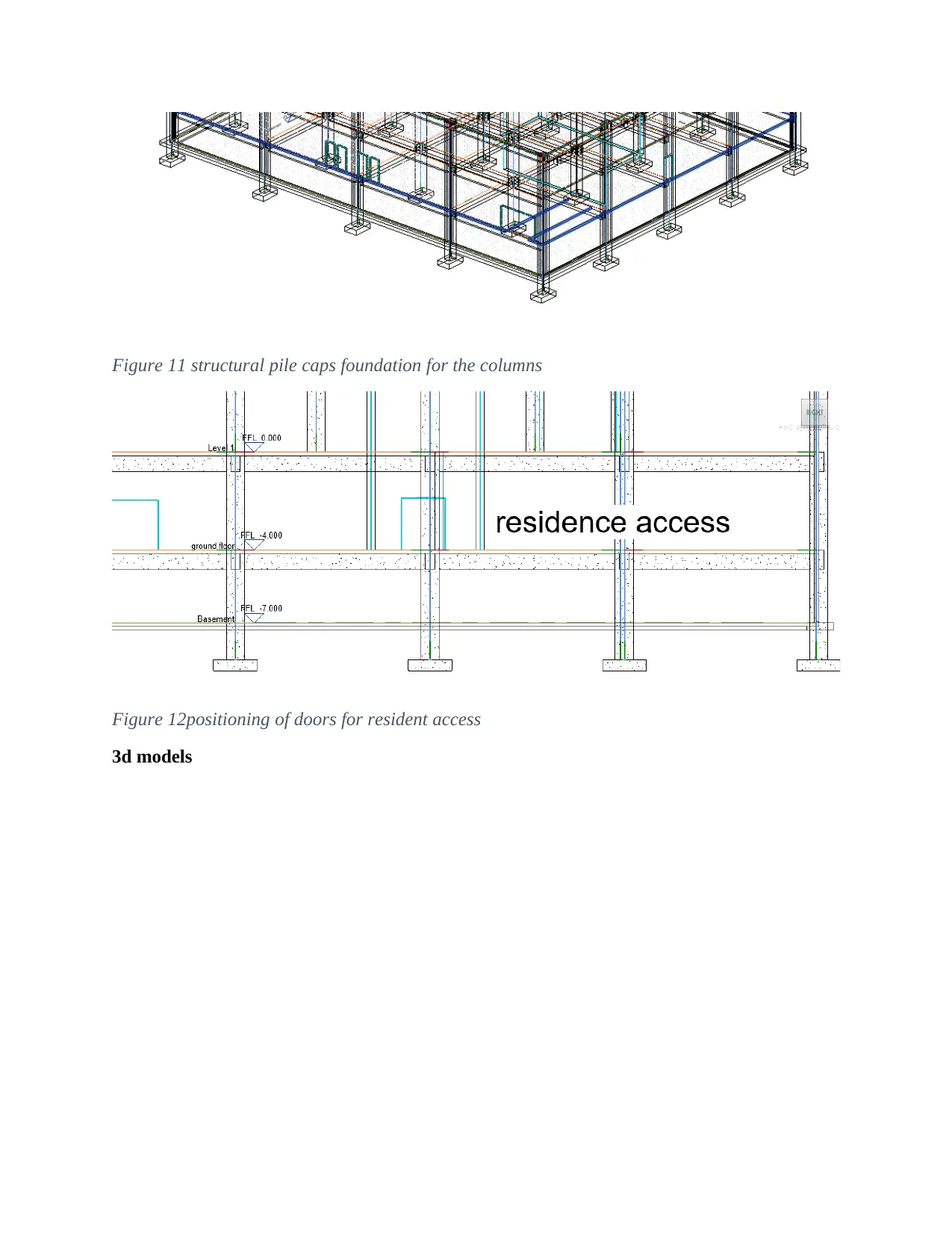
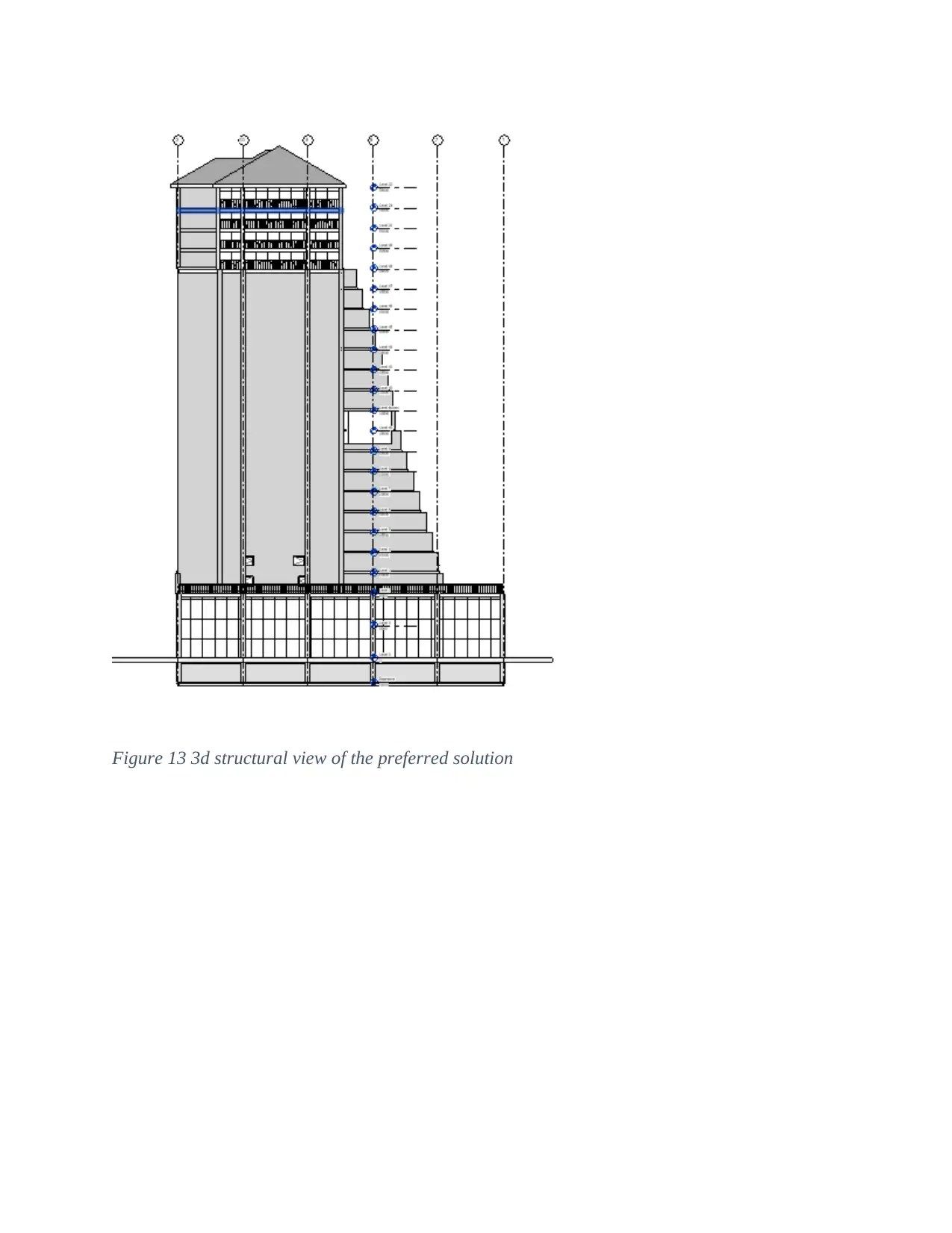





![[object Object]](/_next/static/media/star-bottom.7253800d.svg)